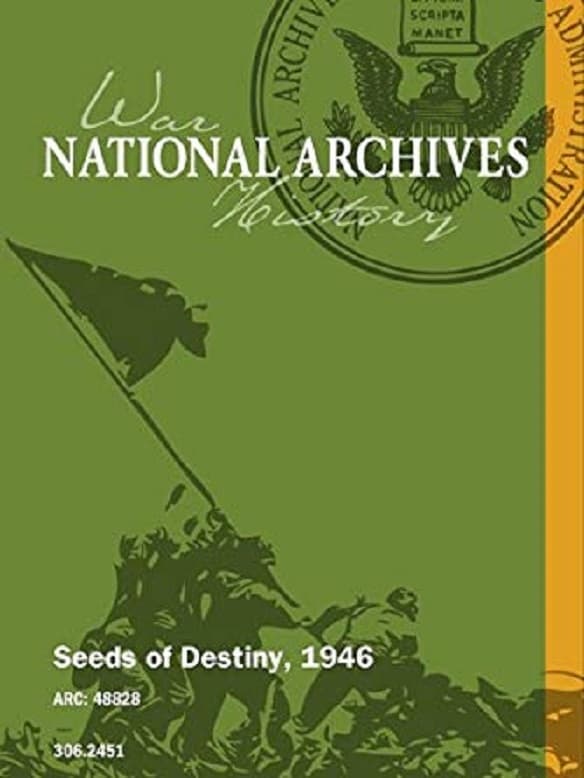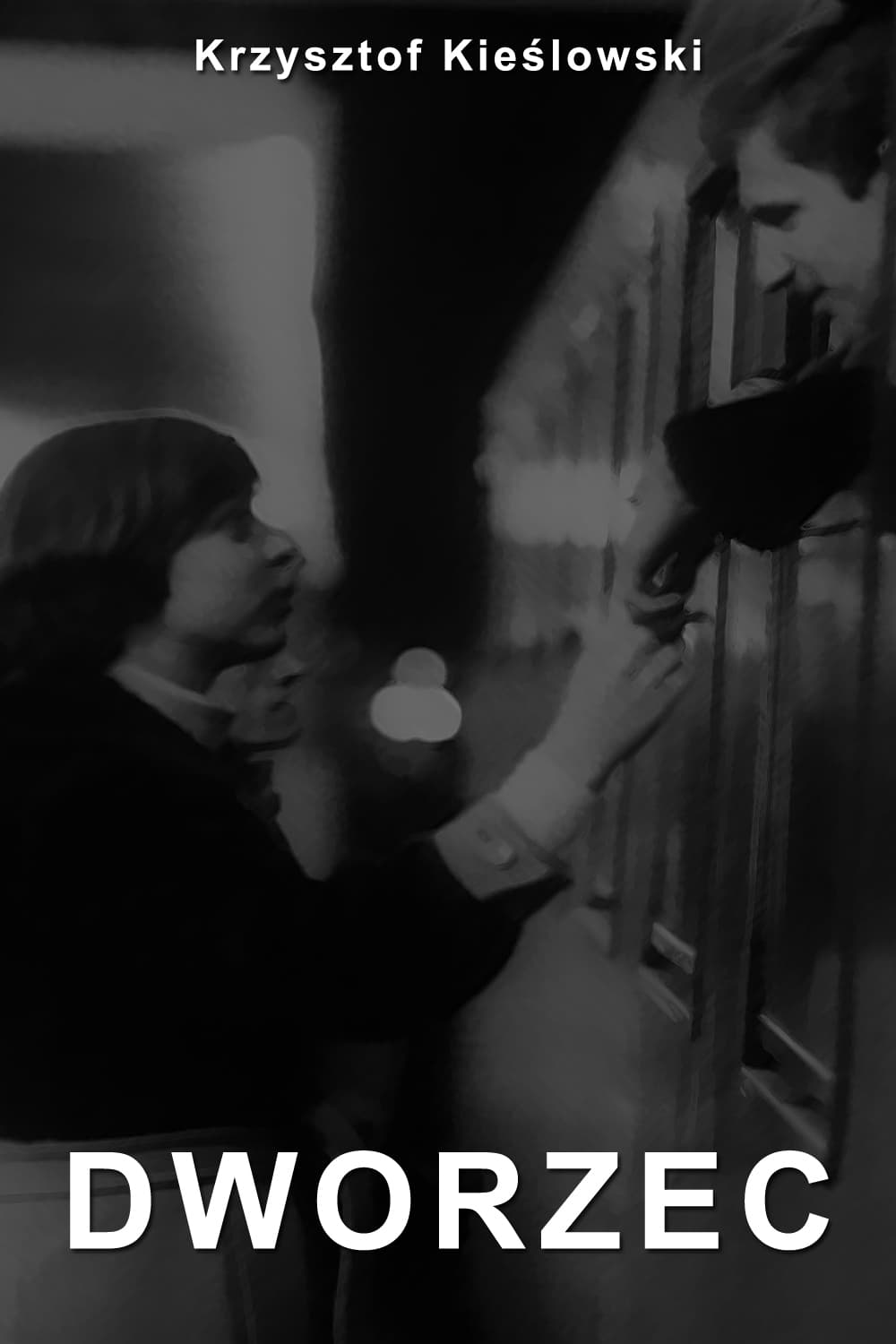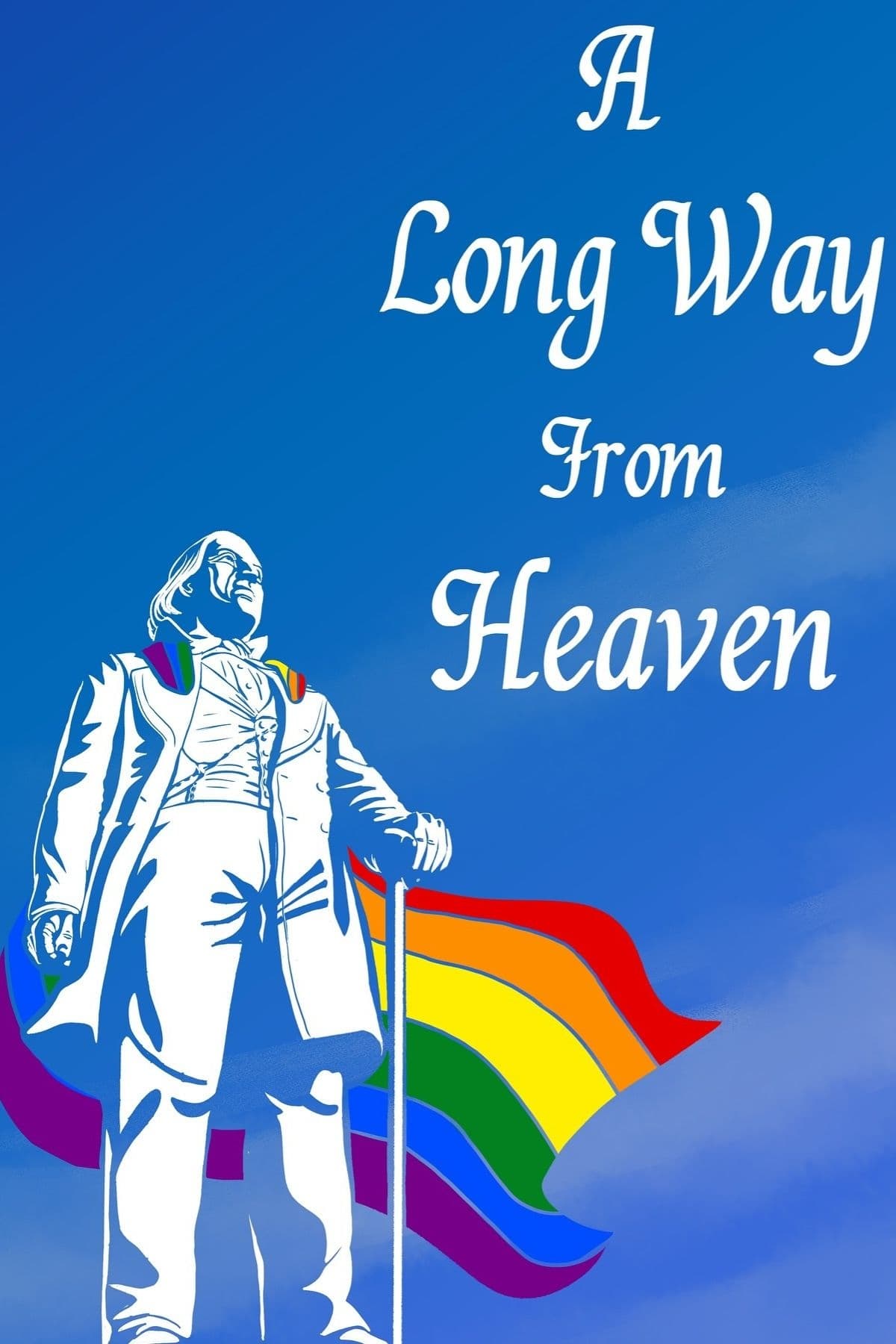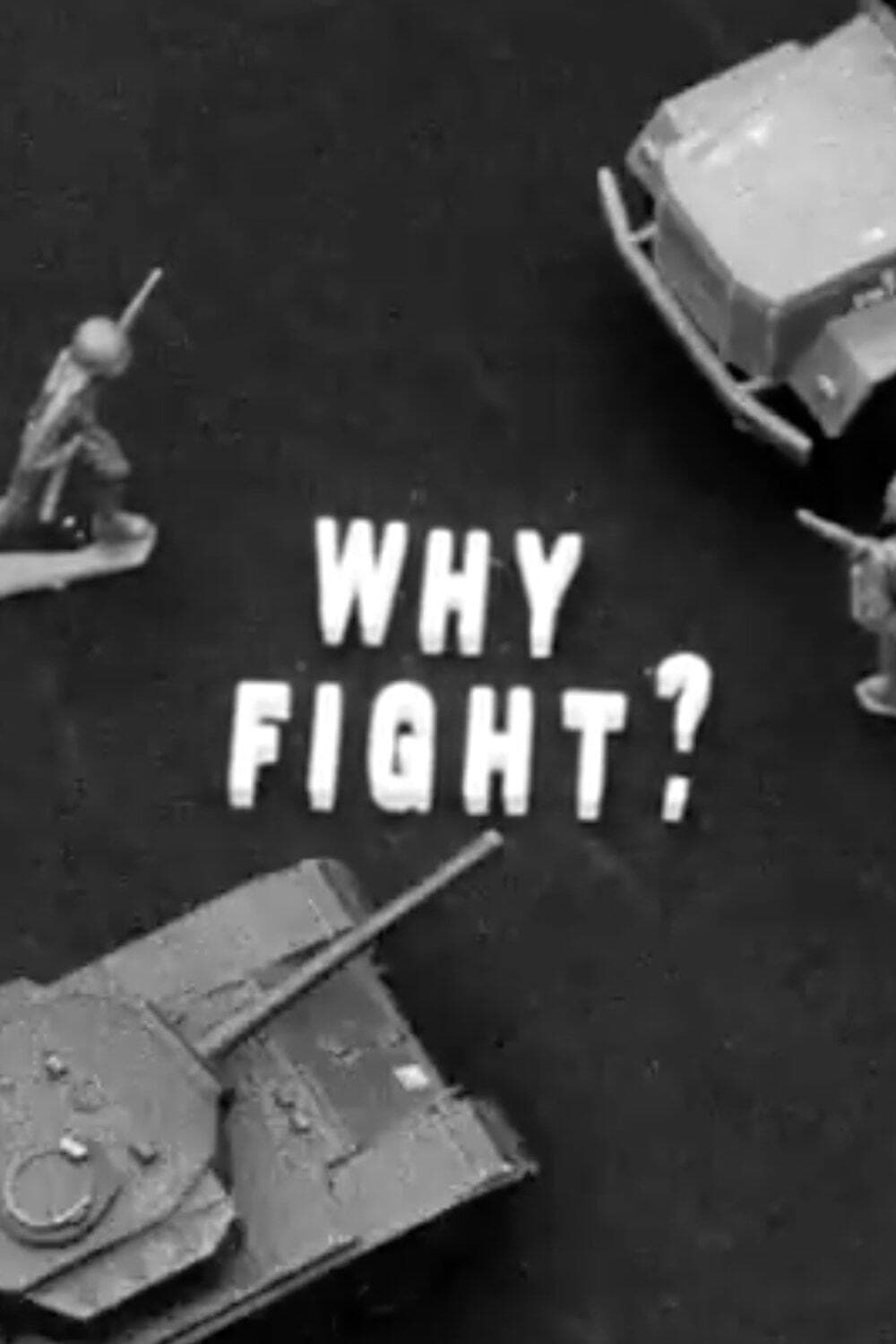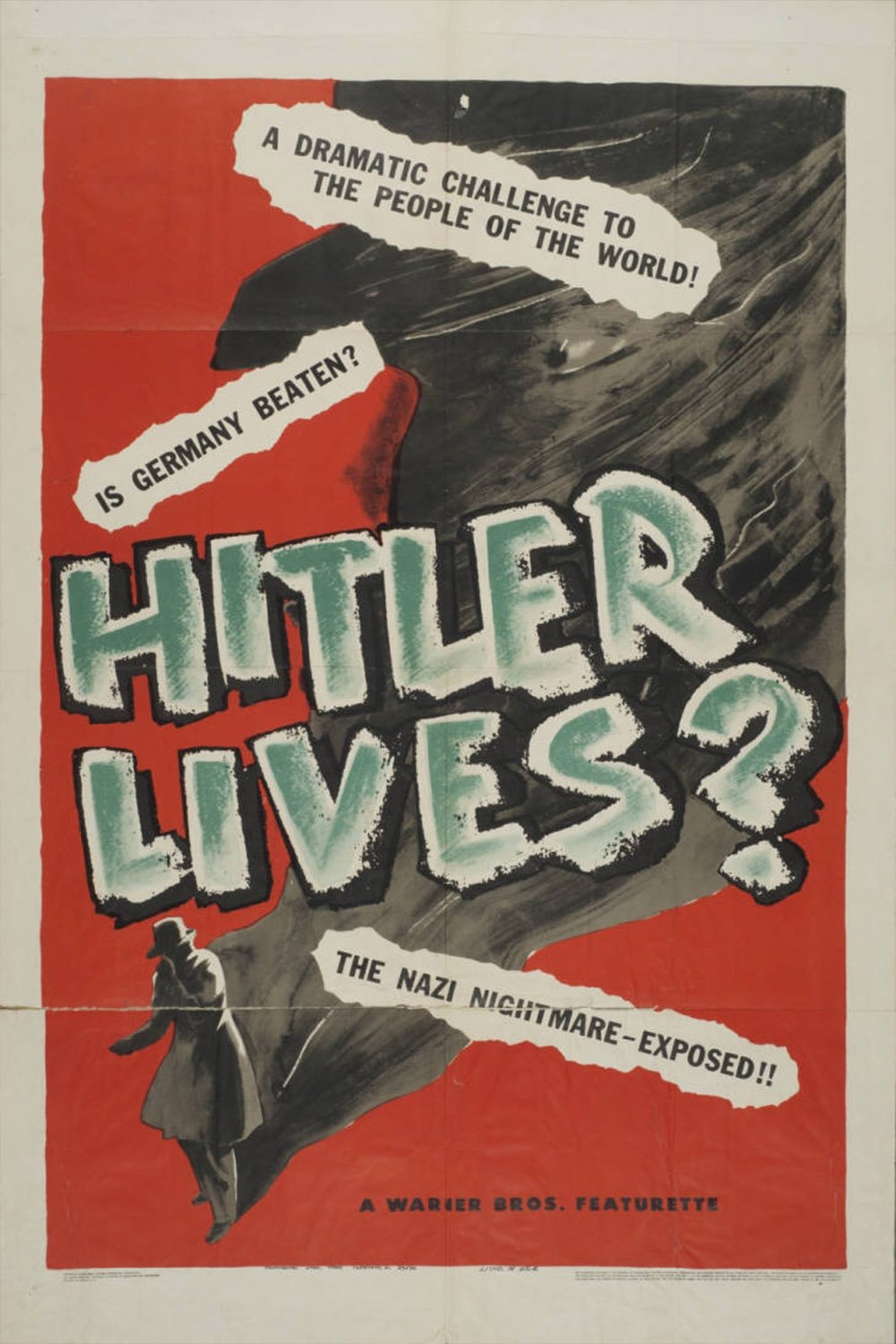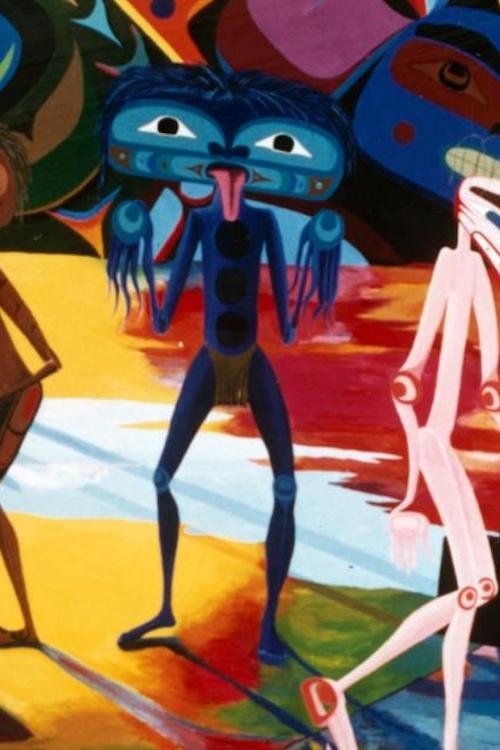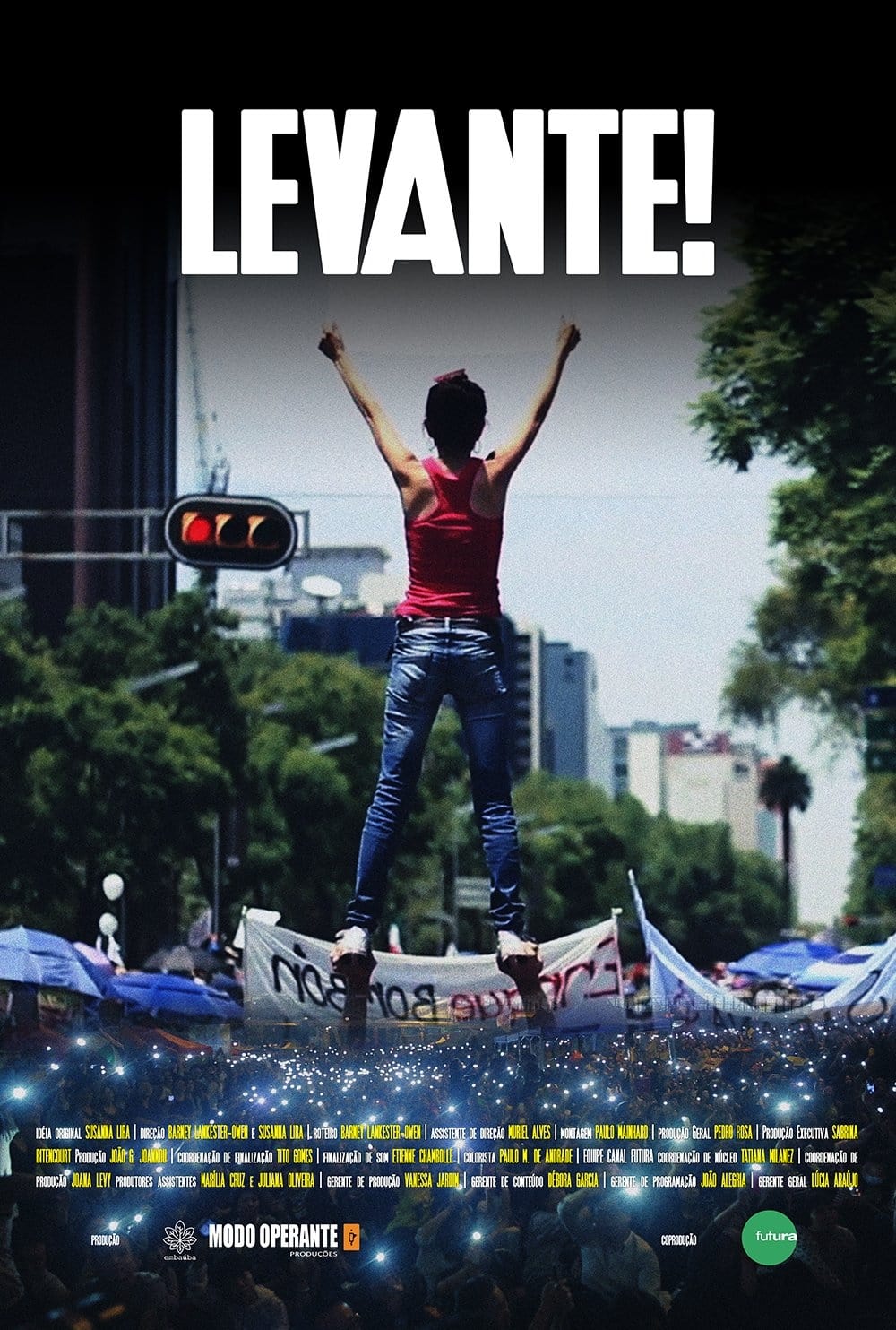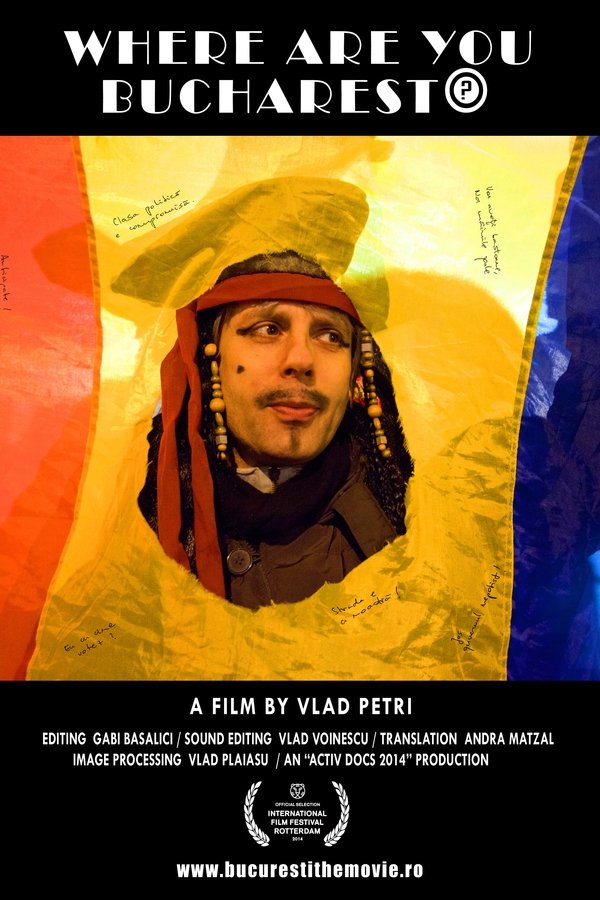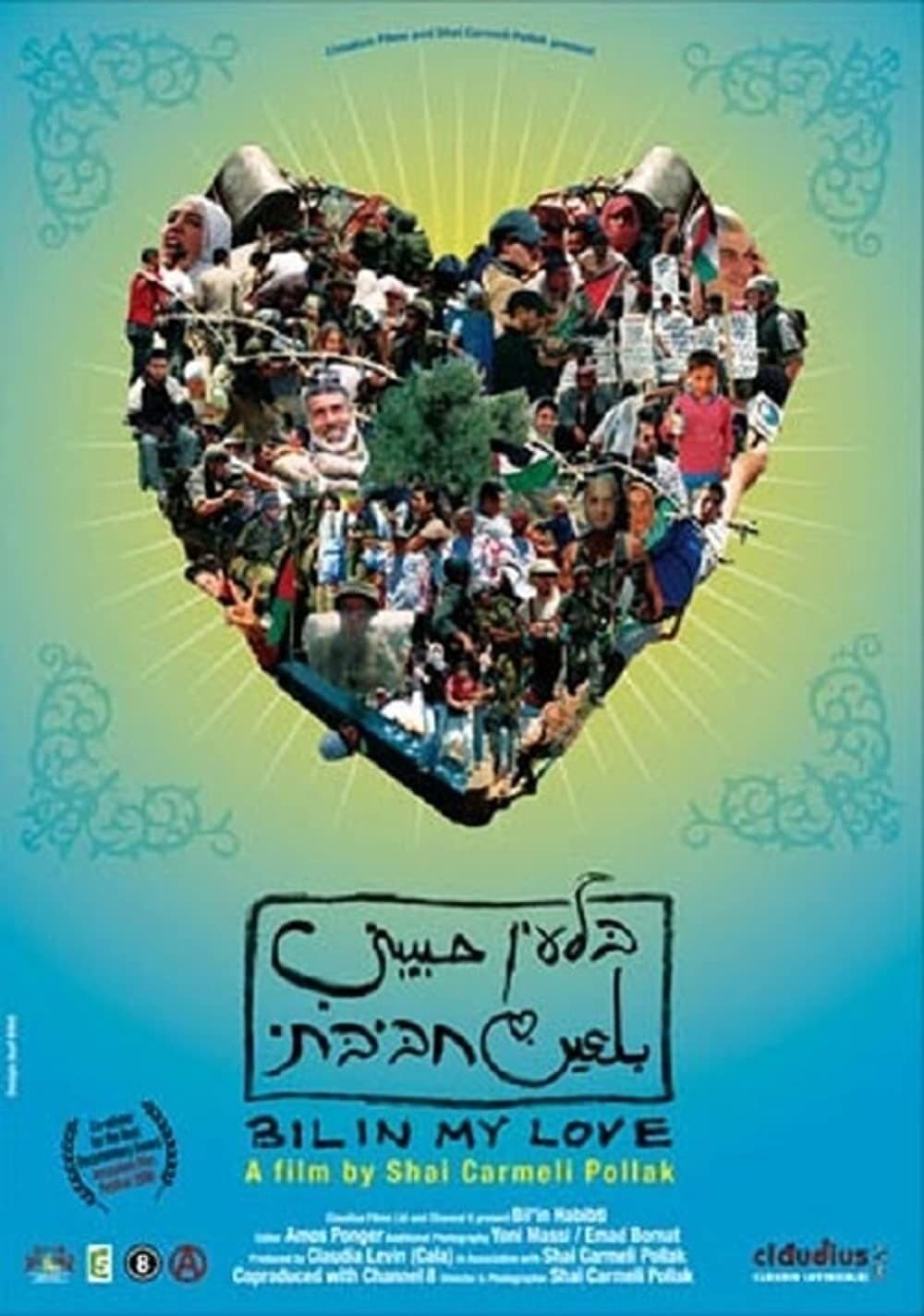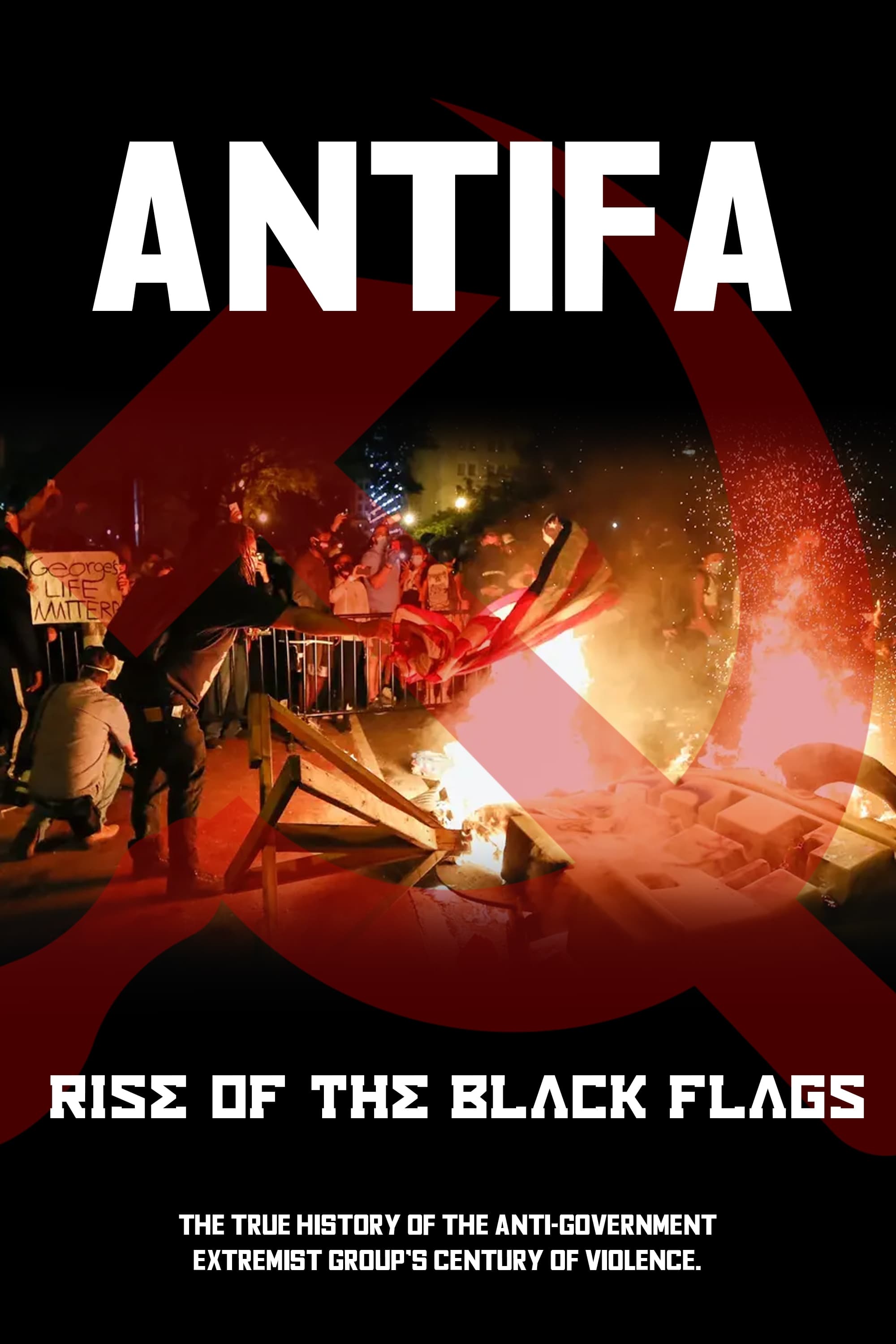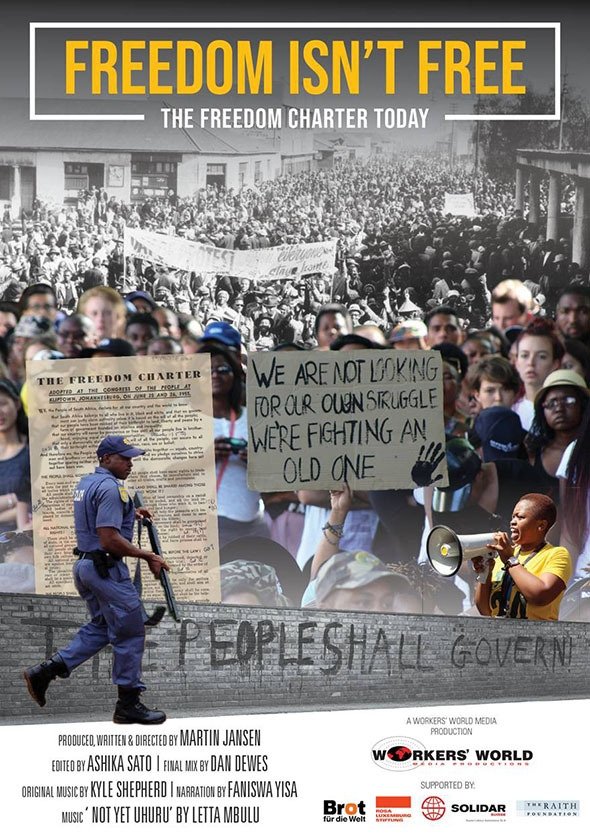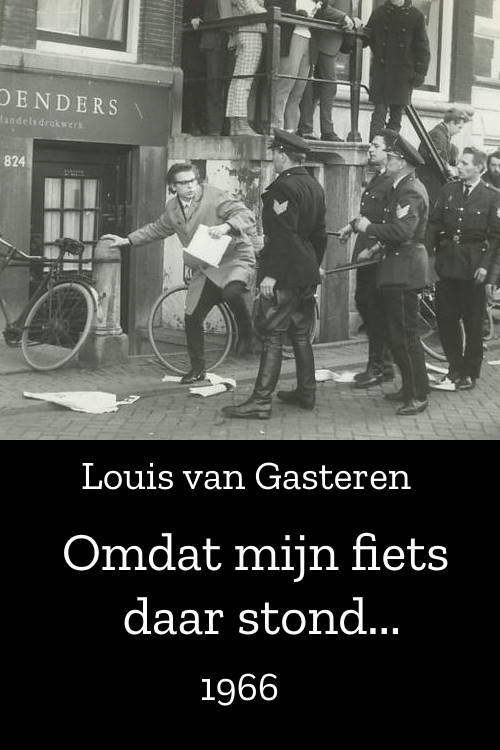The Whole World is Watching (1971)
Overview
This color educational film is about Anti-Vietnam Protestors in Washington D.C. during late April/Early May 1971. The 1971 May Day Protests were a series of large-scale civil disobedience actions in Washington, D.C., in protest against the Vietnam War. This was made in 1971 by the Metropolitan Police Department.
Production Companies
Additional Info
| Budget | $0.00 |
|---|---|
| Revenue | $0.00 |
| Original Language | en |
| Popularity | 0.248 |
Directed By
Crew
TOP CAST
Similar Movies
Seeds of Destiny
Oscar winning postwar propaganda film in support of the United Nations Relief and Rehabilitation Administration. Strident but poignant, focusing on children. The film surveys the Nazi/Japanese atrocities, post-war devastation and the early relief efforts. This film was responsible for raising over $200,000,000, making it a top moneymaking film. Preserved by the Academy Film Archive in 2005.
Land Without Bread
An exploration —manipulated and staged— of life in Las Hurdes, in the province of Cáceres, in Extremadura, Spain, as it was in 1932. Insalubrity, misery and lack of opportunities provoke the emigration of young people and the solitude of those who remain in the desolation of one of the poorest and least developed Spanish regions at that time. (Silent short, voiced in 1937 and 1996.)
Railway Station
Kieslowski’s later film Dworzec (Station, 1980) portrays the atmosphere at Central Station in Warsaw after the rush hour.
A Long Way From Heaven: The Rainbow Y Story
The true story of the students of Brigham Young University's queer underground, as they lit the school's iconic "Y" in rainbow colors. But, A Long Way From Heaven does a lot more than tell the story of the Rainbow Y. It outlines the history of queer treatment at BYU - the good (where it exists), the bad, and the very, very ugly. The film combines new, original footage with a huge variety of historical images, videos, newspaper articles, and other mixed media from every conceivable source to tell the story of BYU's queer students, and the bravery and risks they constantly take to make their voices heard.
The Liberal War
The Vietnam War during the JFK years and beyond. Made in 1972 in the filmmaker's apartment, without documentary footage of the war, metaphors are created through the animation of images and objects, and through guerrilla skits. By rejecting the authority of traditional documentary footage, the anarchist spirit of individual responsibility is established. This is history from one person's point of view, rather than a definitive proclamation.
Das Dorf der Freundschaft
A German Documentary about the “village of friendship” that was created by American Veteran George Mizo to help the Vietnamese kids suffering from the Vietnam War.
Hitler Lives
This short film, produced at the end of WWII, warns that although Adolf Hitler is dead, his ideas live on.
Yuxweluptun: Man of Masks
This short documentary serves as a portrait of Lawrence Paul Yuxweluptun, one of Canada's most important painters. We meet him at the Bisley Rifle Range in Surrey, England, where he's literally shooting the Indian Act in a performance piece called "An Indian Shooting the Indian Act." It's in protest of the ongoing effects of the Act's legislation on Indigenous people. We then follow him back to Canada, for interviews with the artist and a closer look at his work.
Black Power Salute
A film about one of the most iconic images of the 20th century, the moment when the radical spirit of the 1960s upstaged the greatest sporting event in the world. Two men made a courageous gesture that reverberated around the world, and changed their lives forever. This film is about Tommie Smith and John Carlos' protest at the 1968 Olympics.
There is a Way
A US Air Force produced film that follows a group of F-105 pilots as they pass their hundredth mission during the Vietnam War.
Uprising!
"Levante" won Canal Futura's annual documentary competition in 2014 and was filmed in Brazil, Mexico, Japan, Gaza and Hong Kong. It first aired at 22pm on the 25th June on Canal Futura. The film is about inspiring people around the world who use technology to speak out against injustice such as Filipe Peçanha from Midia Ninja who used the Japanese Twitcasting app to broadcast the Brazilian protests of 2013 from his smartphone, Noor Harazeen from Palestine who created the first English-speaking youtube news channel in Gaza, and Howard Kong from the Apple Daily newspaper in Hong Kong who used a drone to film the conflicts between police and protesters in 2014.
Where are you Bucharest?
What does a retired police officer, a dog trainer, the founder of a political party and anti-government protesters have in common? They've all met on the streets of Bucharest, 23 years after the Romanian Revolution, determined to reclaim the public space. Vlad Petri is following their stories for one year, from the first days of the anti-government protests to the final days of the Referendum against the President. The film raises questions about the role of the public space, the power of the individual and the understanding of democracy in a society caught between a communist past and an uncertain future.
A Hero's Death
It was the biggest escape in the history of the Berlin Wall: in one historic night of October 1964, 57 East-Berliners try their luck through a tunnel into West Berlin. Just before the last few reach the other side, the East German border guards notice the escape and open fire. Remarkably, all the refugees and their escape agents make it out of the tunnel unscathed, but one border guard is dead: 21-year-old officer Egon Schultz.
Last Days in Vietnam
During the chaotic final weeks of the Vietnam War, the North Vietnamese Army closes in on Saigon as the panicked South Vietnamese people desperately attempt to escape. On the ground, American soldiers and diplomats confront a moral quandary: whether to obey White House orders to evacuate only U.S. citizens.
Bil'in Habibti
The Israeli filmmaker Shai Corneli Polak records the building of the 'security wall' through Palestinian territory at the village of Bil'in. The villagers protest mostly peacefully, while the Israeli army doesn't react peacefully. By now the Israeli High Court has ruled that the building of the wall was illegal.
World Order
World Order is a nearly two-hour documentary film by documentary film director Vladimir Soloviev examining the vast political changes in the world since the fall of the Soviet Union in 1992. The film was first broadcast on Russian television channel Pervy Kanal on December 20.
Antifa: Rise of the Black Flags
The true history of the anti-government extremist terrorist group's century of violence. Focusing on the group which has caused nationwide rioting and violence, The film – which undermines the mainstream media’s depiction of the group as “just an idea” – has already been censored by YouTube and Vimeo.
A Short Film for Laos
Part History Channel, part visual diary, and part mesmerizing abstraction, Allan Sekula’s video, A Short Film for Laos, 2006, takes the measure of day-to-day life in what the narrator describes as “the most bombed place on earth.”…
Freedom Isn't Free — The Freedom Charter Today
Since its adoption in June 1955 by the Congress movement, the Freedom Charter has been the key political document that acted as a beacon and source of inspiration in the liberation struggle against Apartheid. It was reputedly the main source that informed democratic South Africa’s liberal constitution and a constant reference point for the ruling African National Congress (ANC) and rival political parties that it spawned since 1994, all claiming the Freedom Charter’s legacy. Freedom Isn’t Free assesses the history and role of the charter, especially in relation to key political and socio-economic aspects of developments in South Africa up to the present period. It includes rare archival footage with interviews of a cross-section of outspoken influential South Africans.
Because My Bike Was There...
On 19 March 1966, a photo exhibition about the police intervention during the wedding of Beatrix and Claus opened in Amsterdam. After the opening, filmmaker Louis van Gasteren filmed how, in the distance, policemen began beating up a young man, seemingly without any provocation. This footage was shown that same evening on television. Van Gasteren interviewed the victim, a 22-year-old student, who declared that he was walking in that direction because his ‘bicycle was there’. That became the title of this short film, in which Van Gasteren used slow motion to analyse the objectionable actions taken by the police.
